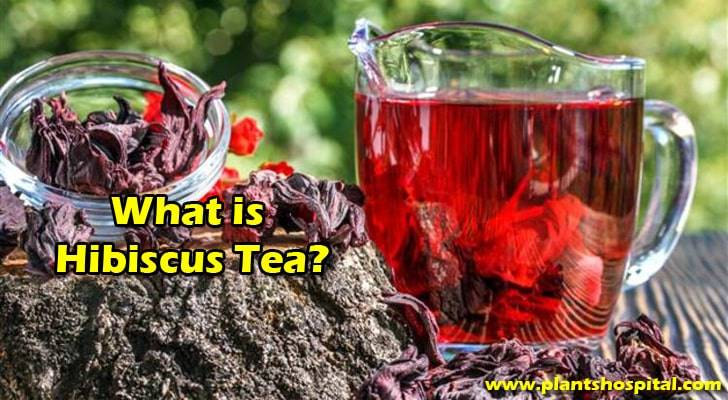The Hibiscus Tea Plant;
Has a great ornamental value due to its interesting foliage. Hibiscus Sabdariffa is a short-day plant which gets its first naturally appearing flowers, when the night is longer than the day during the autumn and winter months. These flowers are the basic for the great and special fruits. The beautiful red calyces (fruits) are picked when they are still soft, before they dry out and drop their seeds for the next generation.
Hibiscus Sabdariffa likes
water, light and sun, and prefers a place with the option of both sun and shade. It can stand drying out, so even if it hangs a bit, it can often times freshen up again after some water.
It likes to grow, and is for that reason ideal for re-potting to a bigger pot a long the way.
Hibiscus sabdariffa, or sour tea, is a genus of the Malvaceae family. In Iran, it is typically known as sour tea. In English-speaking countries it is called Red Sorrel. Originally from Angola, it is now cultivated throughout tropical and subtropical regions, especially from Sudan, Egypt, Thailand, Mexico and China.
The calyces of Hibiscus Sabdariffa; are prolific in many modern commercial blends of cold and hot drinks due to its pleasing taste, as well as having decorative, culinary and
medicinal uses. In Egypt and the Sudan, it is used as a beverage that helps to lower the body temperature, to treat cardiac conditions, and as a diuretic.
In African; folk medicine it has been used for its spasmolytic, antibacterial, cholagogic, diuretic and anthelmintic properties. Other uses in North Africa include cough and sore throat, while the leaf pulp is made into a topical application for external wounds and abscesses.
In Europe; the dried calyces (the cup-like structures that are formed by the sepals) are used mostly as a tea. Hibiscus is commonly used in combination with lemon balm and St John’s wort for restlessness and poor sleep onset. Historically, folk medicine has used H. sabdariffa for the treatment of high blood pressure, liver diseases and fevers.
In large amounts; hibiscus tea acts as a mild laxative. In Iran, it is a traditional treatment for high blood pressure which is the focus of several studies, as is cholesterol reduction.
Hibiscus has been used historically; for high blood pressure and contains several important ingredients including alkaloids, anthocyanins and quercetin. It is thought that the antioxidant and diuretic effects of hibiscus are its most important mechanisms in lowering blood pressure.
The flowers of this plant are colourful, but the tea is made from the calyces (the red and dried part of the flowers). It has a sourly cranberry like flavour and is served either as a hot drink or as ice-tea. The best way to drink it is with cane sugar because of the somewhat bitter taste the tea has.
It was consumed already in the ancient Nile Valley during the time of Pharos and was regarded as the royalties’ primary beverage mainly for its ability to improve health.
Hibiscus Tea Has Many Possible Qualities Around The World:
In Africa : Hibiscus has been used in many years in folk medicine for treating cancer, cardiovascular disease, fever and constipation. Natural healers have used it against high blood pressure and liver disease.
In Asia : Hibiscus petals flavoured with ginger are being eaten in countries like Thailand, China and Malaysia, it is believed that this will help lower cholesterol.
For More:
http://www.plantshospital.com/hibiscus-tea/ 


